Lead in drinking water
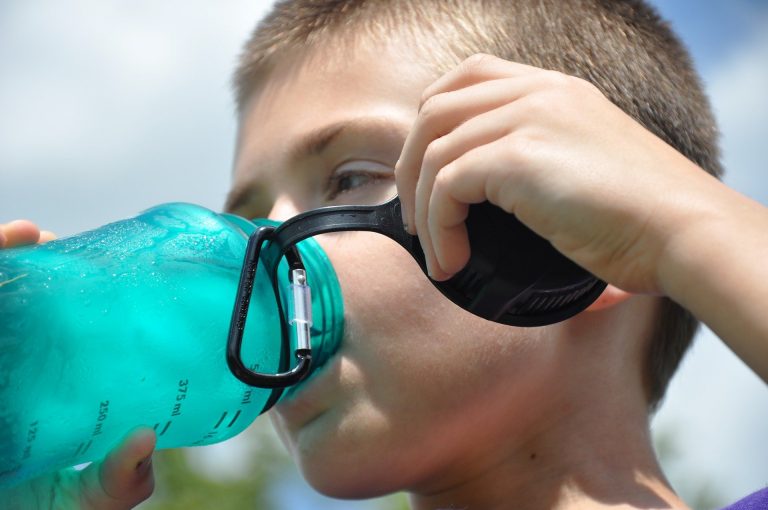
Small amounts of lead can end up in water as it travels through lead pipes. Lead can build up in the body over time and become harmful. Young children and pregnant women are particularly at risk of the effects of…

Small amounts of lead can end up in water as it travels through lead pipes. Lead can build up in the body over time and become harmful. Young children and pregnant women are particularly at risk of the effects of…
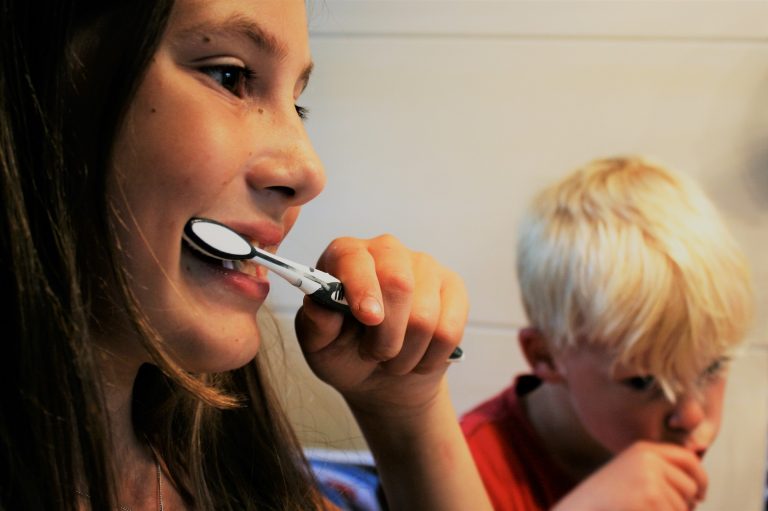
Fluoride occurs naturally at very low levels in drinking water, the amount depends on the type of the rock near the source of your water supply. Water companies are sometimes asked to add fluoride to improve dental health. The amount…
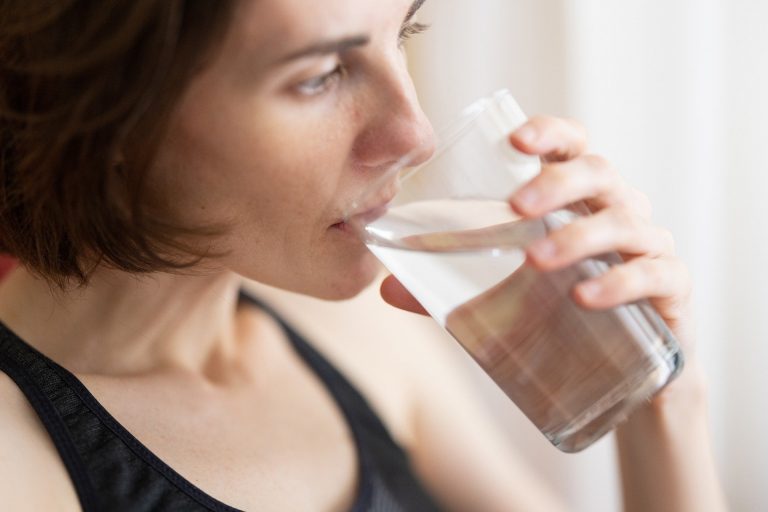
If you have new pipework installed or changes to your plumbing, you may notice a bitter or metallic taste in your water. The taste can be more pronounced in the morning or after the water has been standing in pipes…
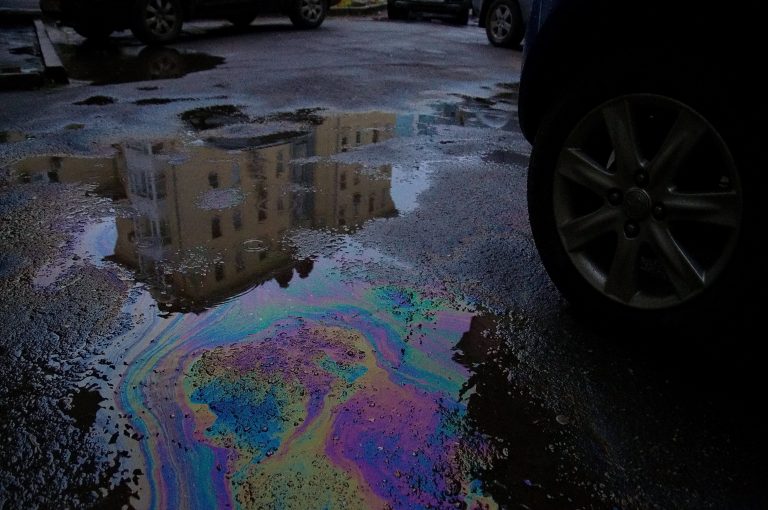
Chemicals from fuel or heating oil spills can travel through plastic pipes and contaminate your water supply. If you answer yes to some or all of the questions below, follow the advice in the section below. Does your water taste…

If your water tastes or smells woody, like pencil wood, this can be caused by older pipework, commonly used in the 1960s and 1970s which have alkathene in them. This is not harmful. Flushing your taps for a few minutes…
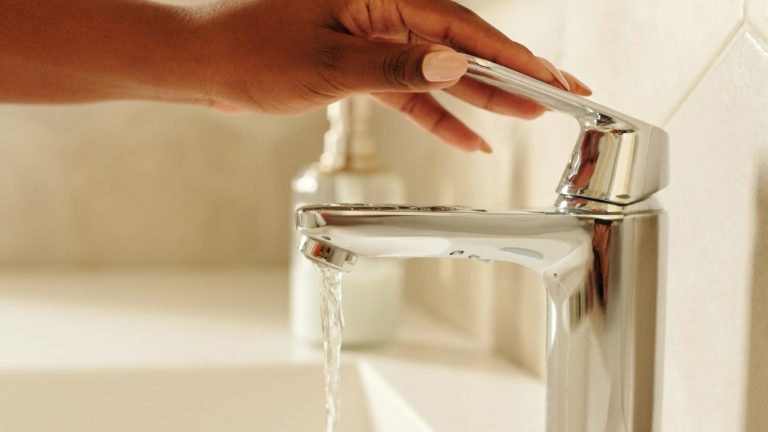
If your water tastes or smells earthy, musty, or stale and the taste/smell is more noticeable first thing in the morning or when the property has been left for a period of time you can usually resolve the issue by…
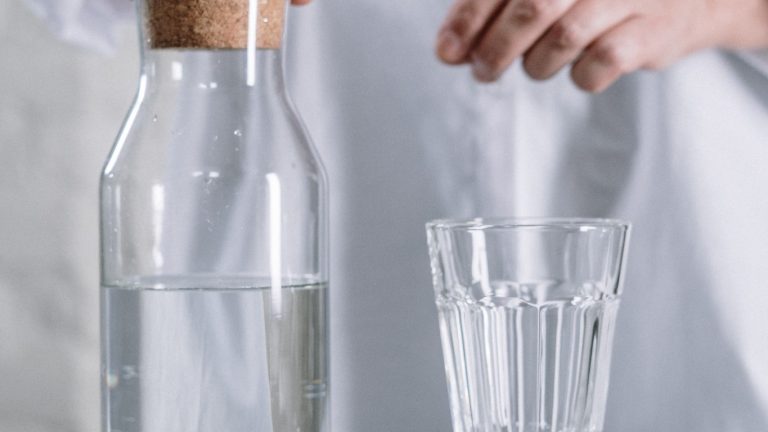
Chlorine and disinfectant type taste or smell are quite common in water. If you answer yes to any or all of the questions below. Then follow the advice in the section below. Does your water taste like chlorine, bleach, or…
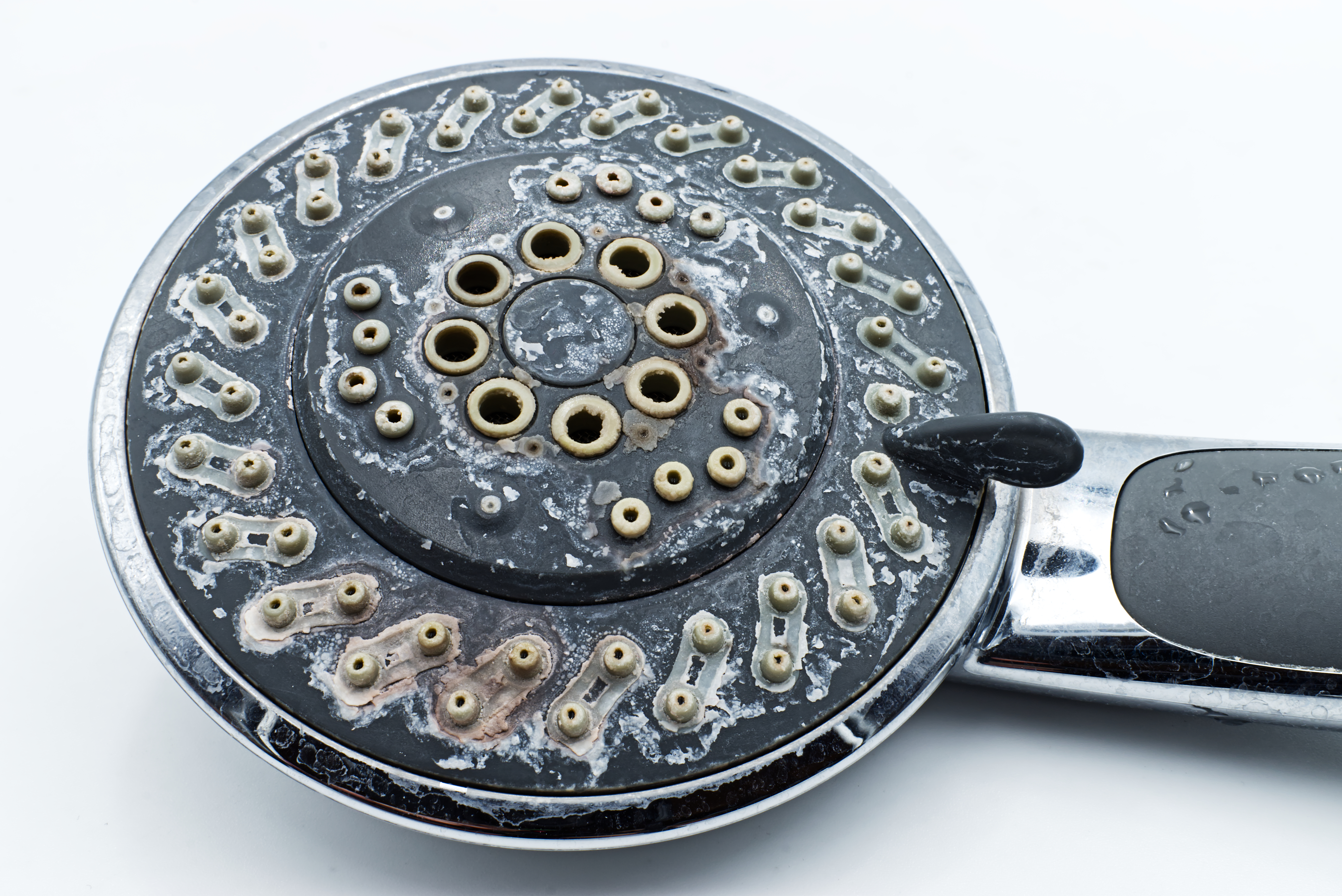
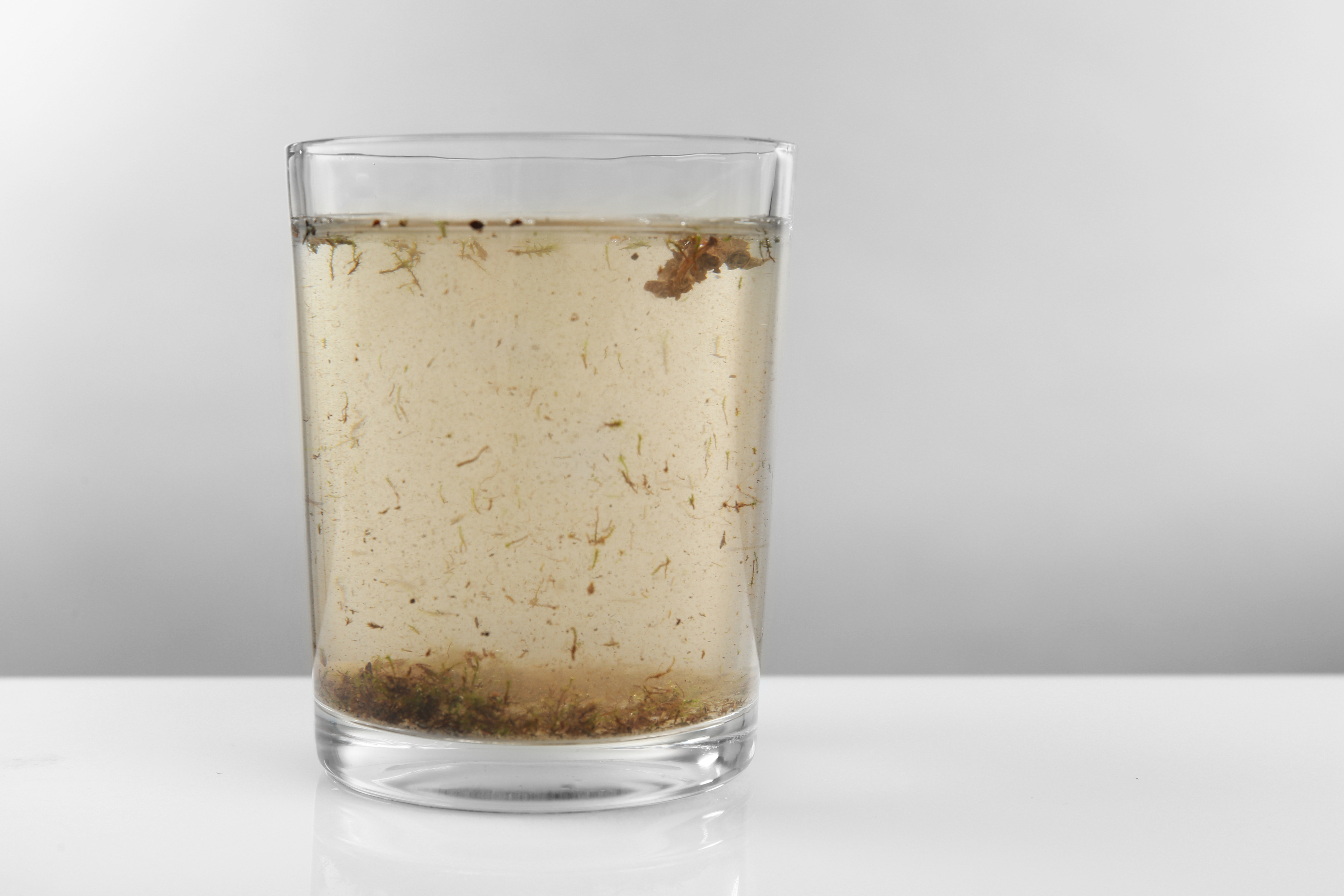
If you notice bits in your water which are slimy to touch these can be caused by airborne mould spores which like to grow in damp places. If you answer yes to some or all of the questions below, then…
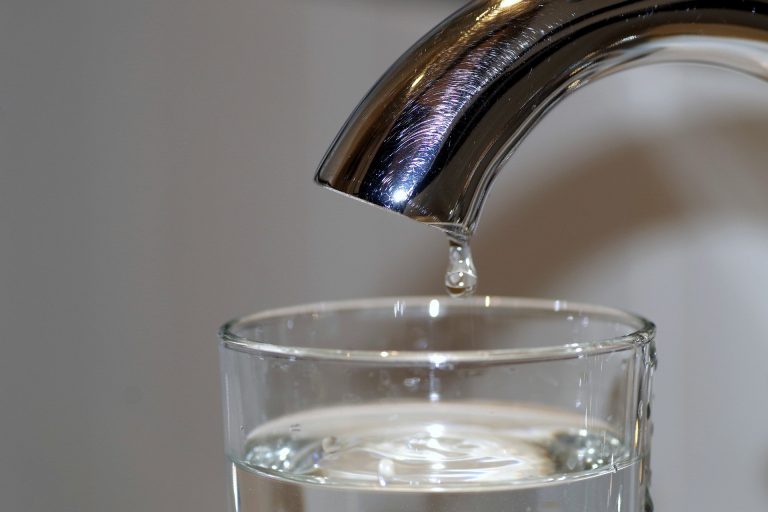
Iron or copper in your water can cause it to appear black, brown, orange, red, yellow or blue. If your tap water has been discoloured for hours or days and you answer yes to some or all of the following…